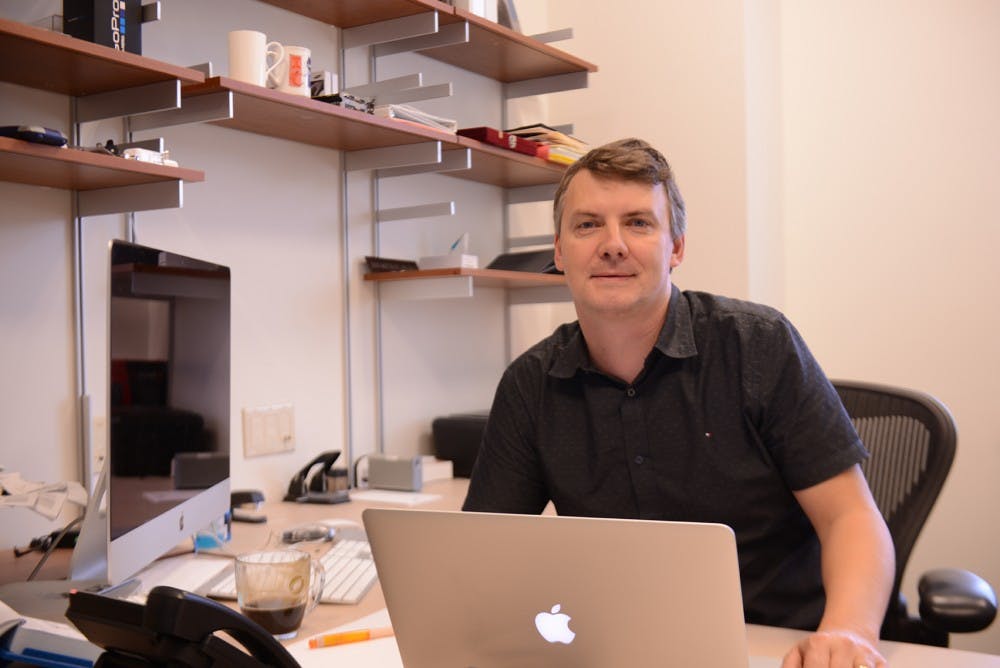Computer science professor Jan-Michael Frahm is teaching computers to see.
Frahm is the head of the 3D Computer Vision group at UNC. Computer vision focuses on teaching computers to learn and gain information from images. Frahm uses images already posted online in his research.
“The goal is effectively to make the computer see, to understand the images as we would understand them when we look at them,” Frahm said.
One of the most recent projects Frahm worked on involves using computers to recreate models of famous landmarks around the world. Working with UNC researchers Jared Heinly and Johannes Schönberger and Enrique Dunn, a professor at the Stevens Institute of Technology, Frahm created software that processes images and turns them into 3-D recreations of landmarks around the world.
“A lot of the work we’ve been doing is taking images from the internet and rebuilding a virtual model, a 3-D model of the site,” Frahm said. “We took 100 million images that Flickr or Yahoo released and turn this effectively into a virtual version of the real world.”
Right now the project is in its early versions, but the group sees it having many uses in the world — from civil engineering to video games.
“The uses of this technology are almost endless, as the number of cameras around us is always increasing, and 3-D reconstruction software provides the means for computers to make sense of our three-dimensional, visual world,” Heinly said.
Frahm has also done research into the possible harmful applications of computer vision. He worked alongside computer science professor Fabian Monrose and research assistants Yi Xu and True Price to find a way to bypass facial recognition-based security software by creating a 3-D model of a person’s face using photos found online.




